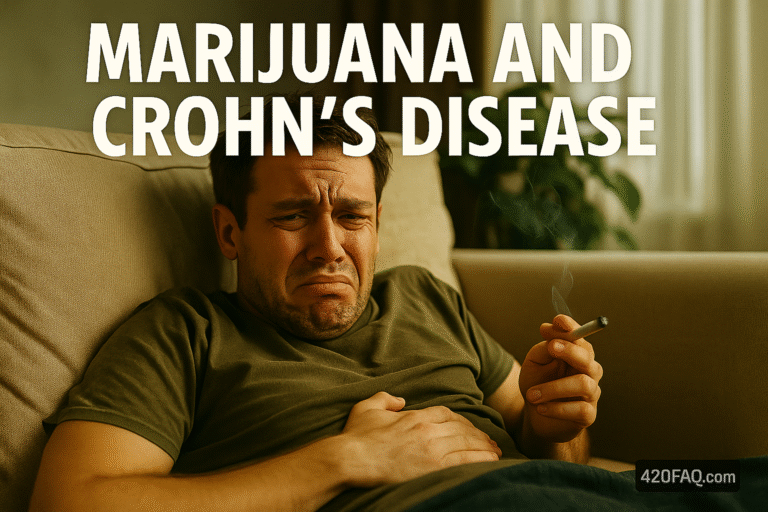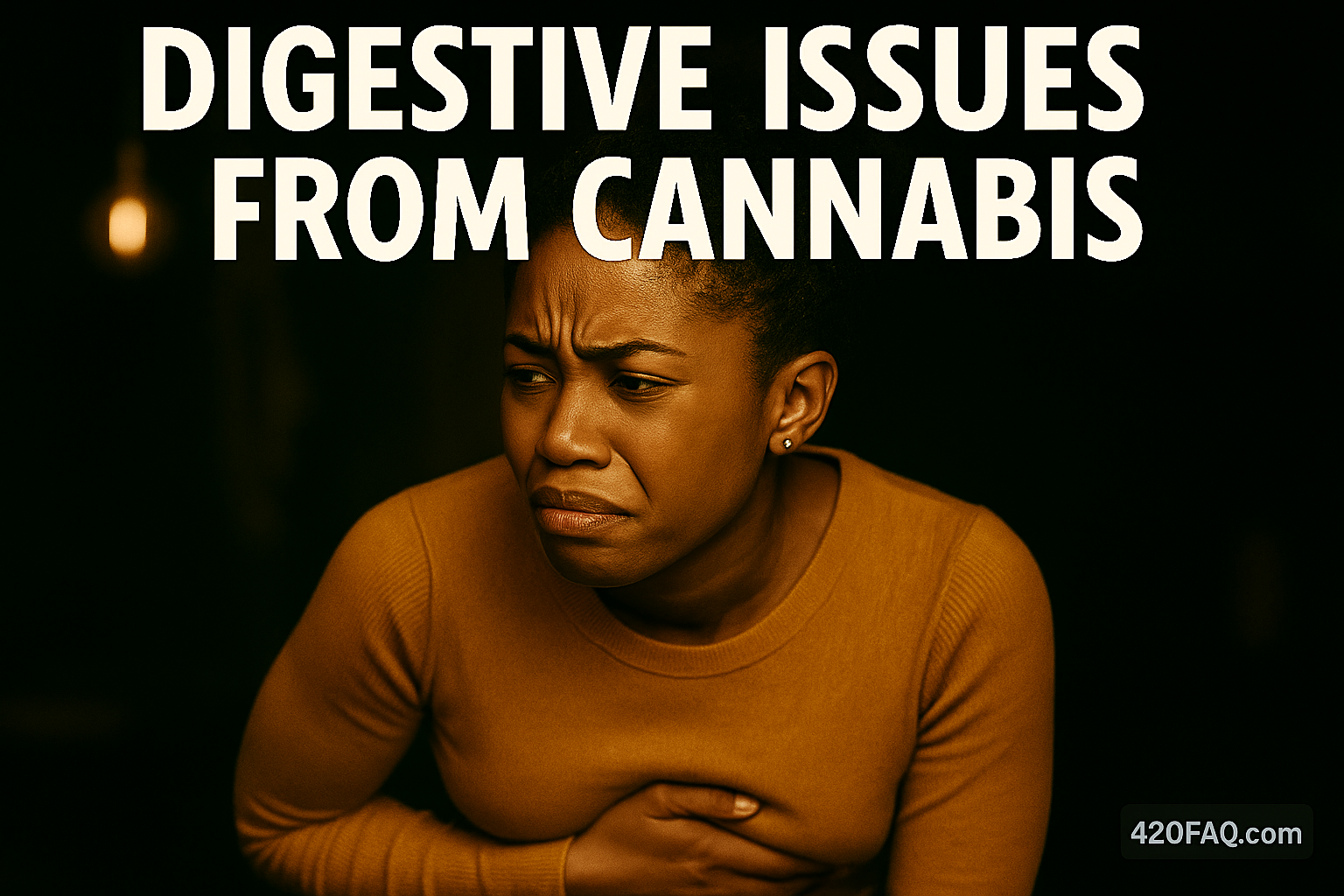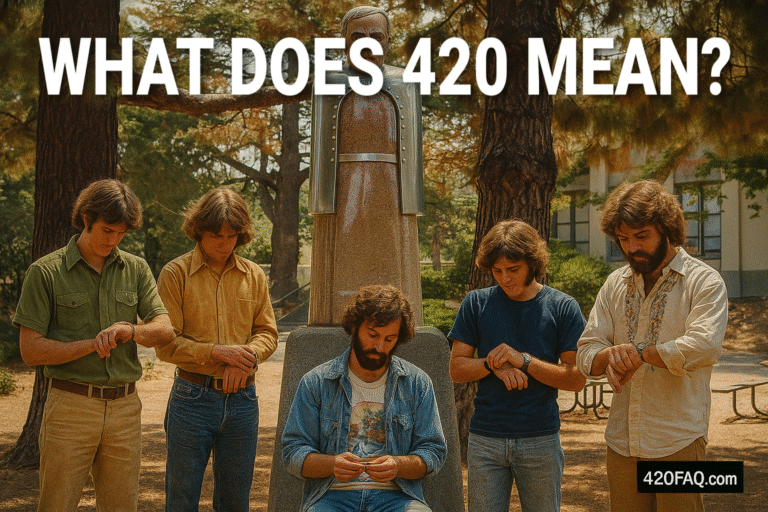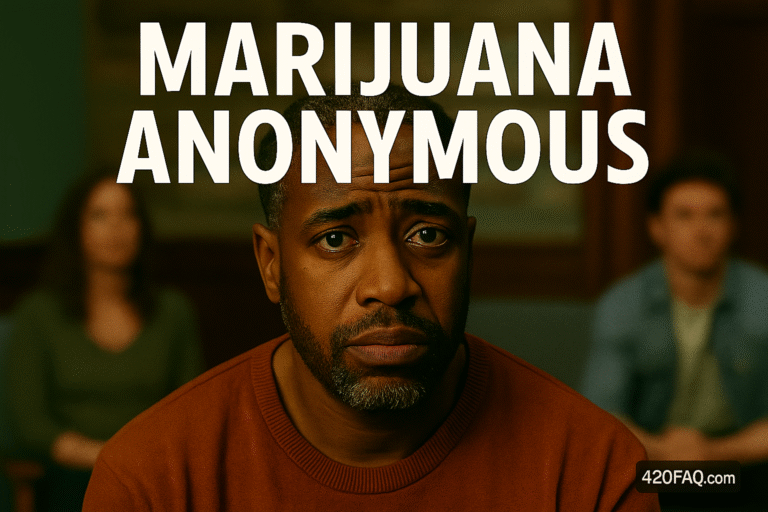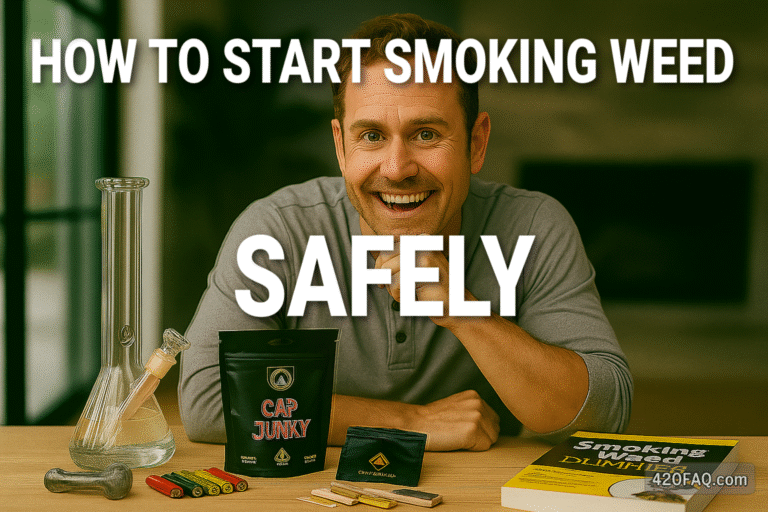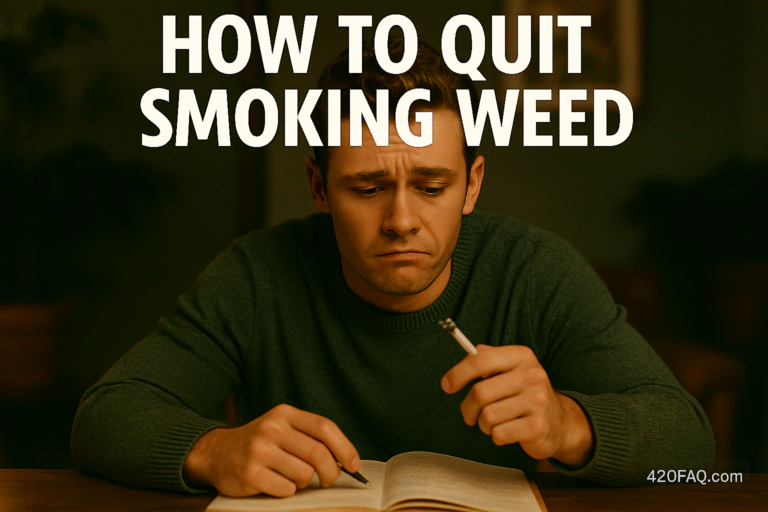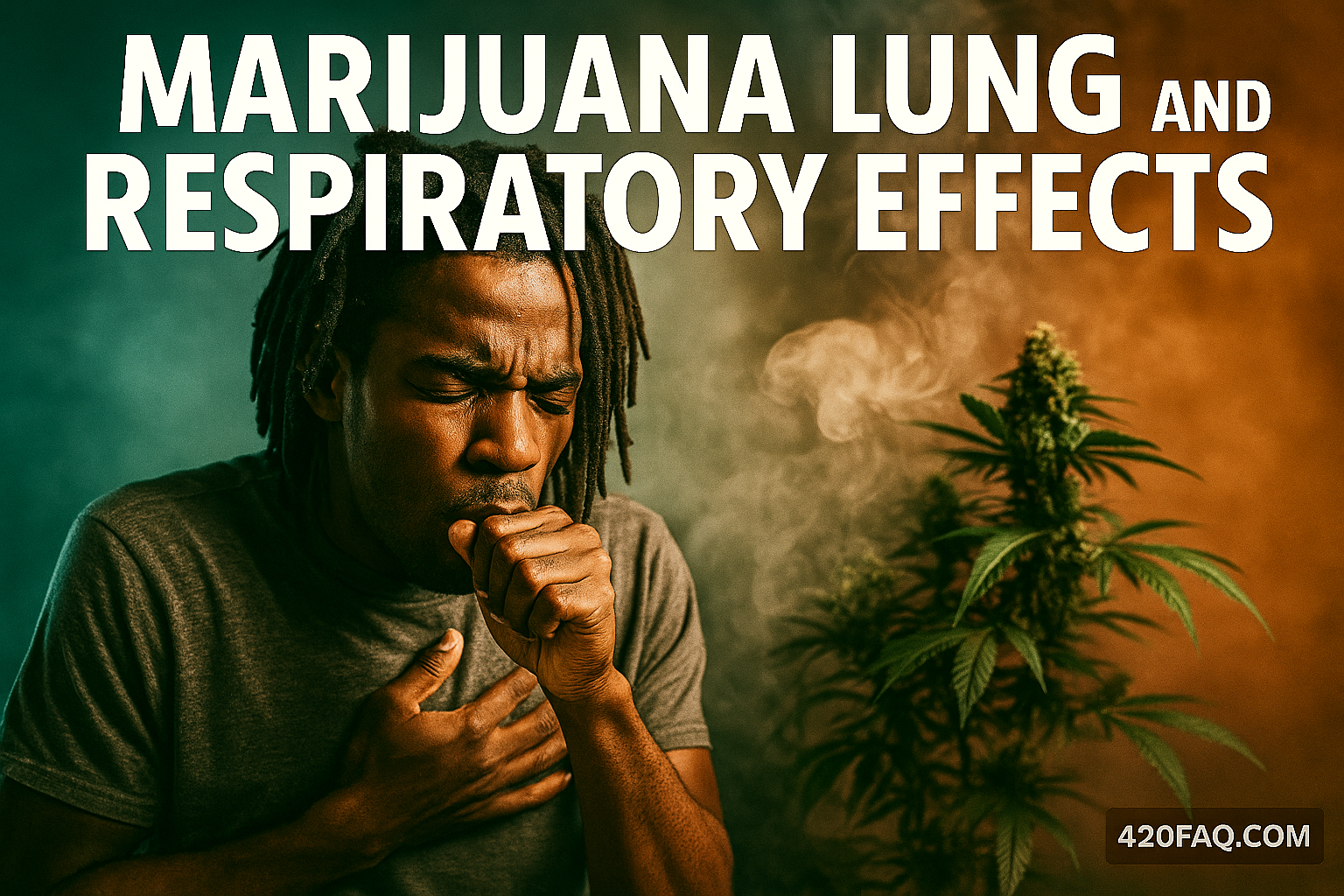
Marijuana Lung and Respiratory Effects: What Science Knows and What It Doesn’t
Understanding how cannabis affects the lungs means separating combustion from cannabinoids, smoke from vapor, and anecdotes from evidence. This article mirrors the same structure and clarity as the template, translating complex respiratory research into plain language so you can make informed, lower-risk choices.
How Cannabis Smoke Interacts with the Lungs
When plant material burns, it generates thousands of byproducts—particulate matter (tiny soot-like particles), tar, polycyclic aromatic hydrocarbons (PAHs), and carbon monoxide. These irritate the airway lining (the bronchi), triggering inflammation, swelling, and more mucus. The deeper puffs and longer breath-holds common with joints can increase particulate deposition in the small airways. Cannabinoids like THC and CBD are not the same as smoke; they ride along with the smoke. The delivery method determines how much irritant ends up in your lungs, not just the molecule you seek.
Short-Term (Acute) Respiratory Effects
In the minutes to hours after smoking, common effects include throat irritation, cough, chest tightness, and wheeze in susceptible people. Some studies show transient bronchodilation (airway opening) from THC, but this is short-lived and easily overshadowed by smoke irritation. The net result for many new or occasional smokers is a brief, mild irritant effect that typically resolves within hours, though individuals with asthma may feel symptoms sooner and more strongly.
Long-Term (Chronic) Airway Symptoms
Regular smoking is associated with chronic bronchitic symptoms—persistent cough, phlegm, and wheeze—driven by ongoing airway inflammation and mucus hypersecretion. Quitting or switching away from combustion often reduces these symptoms over weeks to months as airway lining cells recover. Evidence linking long-term, exclusive cannabis smoking to measurable declines in standard lung function (like FEV₁) is mixed; symptoms tend to be more sensitive than spirometry for detecting harm in this context.
Asthma and Hyper-Responsive Airways
Smoke exposure can trigger bronchospasm in people with asthma or reactive airways. A short-acting THC bronchodilator effect has been documented historically, but smoke is a potent trigger for many patients. Non-combustion routes (edibles, tinctures, some vaporizers) may reduce triggers, but anyone with asthma should work with a clinician and carry a rescue inhaler. Avoiding smoke and harsh concentrates remains the lowest-risk respiratory strategy.
Chronic Obstructive Pulmonary Disease (COPD) Risk
Tobacco smoking is the dominant cause of COPD worldwide. The relationship between exclusive cannabis smoking and COPD is less clear: some studies show increased chronic bronchitic symptoms without strong COPD signal; others suggest possible additive harm when combined with tobacco. The safest interpretation: cannabis smoke is not benign, and co-use with tobacco likely magnifies risk. People with COPD should avoid combustion entirely.
Infection Risks: Bronchitis, Pneumonia, and Molds
Hot smoke and frequent coughing can impair ciliary function—the tiny hairs that sweep mucus and debris out of airways—raising susceptibility to bronchitis. Immunocompromised individuals face additional risks from contaminated materials (e.g., molds like Aspergillus) in poorly cured flower or DIY extracts. Source quality, proper curing, and avoiding shared devices reduce risk, but the only way to eliminate smoke-related impairment of airway defenses is to avoid combustion.
Vaping vs. Smoking vs. Non-Inhaled Routes
Combustion (joints, blunts, pipes, bongs) yields the highest irritant burden. Dry-herb vaporization heats flower below combustion, substantially reducing tar and PAHs, yet not to zero—thermal degradation and fine particles still exist. Oil-based cartridge vaping depends on hardware, temperature, and ingredients; unsafe additives (e.g., vitamin E acetate during the 2019 EVALI outbreak) demonstrated how formulation can turn harmful quickly. Non-inhaled routes (edibles, sublinguals) bypass the lungs entirely and are the lowest-risk option for respiratory health, though dosing and delayed onset require care.
Tobacco + Cannabis: A Harm Multiplier
Mixing with tobacco (spliffs, blunts with cigar wrappers) increases carbon monoxide, nitrosamines, and dependence risk. It also confounds research—many “cannabis” smokers in studies also use tobacco. If you’re trying to limit lung harm, never mix with tobacco, avoid reusing cigar papers, and skip deep breath-holds.
Secondhand and Thirdhand Exposure
Secondhand cannabis smoke contains many of the same combustion byproducts as firsthand smoke. Ventilation helps but doesn’t fully remove ultrafine particles. Residues (thirdhand smoke) can settle on surfaces and fabrics. For children, older adults, and people with lung disease, a smoke-free home is the prudent baseline.
Cancer: What We Know and Don’t Know
Cannabis smoke contains carcinogens found in tobacco smoke, but epidemiologic links between exclusive cannabis smoking and lung cancer remain inconsistent, likely due to patterns of use, underreporting, and tobacco confounding. “Inconsistent” is not the same as “protective” or “safe.” Minimizing combustion is still the rational choice while research evolves.
Performance, Breath Control, and Exercise
Smoked cannabis can acutely increase airway resistance in some users and reduce exercise tolerance if cough and chest tightness occur. Endurance athletes may notice reduced performance after smoking due to airway irritation and carbon monoxide’s impact on oxygen delivery. Non-combustion routes avoid these acute respiratory penalties.
Practical Harm-Reduction for Your Lungs
If you choose to use cannabis, the lowest respiratory risk is to avoid smoke entirely. If you won’t: prefer dry-herb vaporization at controlled temperatures over oil cartridges; never add tobacco; avoid deep inhalations and long breath-holds; keep devices clean; source tested products; and take smoke-free tolerance breaks to let airways recover. For symptom-prone users, consider switching to oral routes.
What Public-Health Orgs Say (External Resources)
For authoritative, plain-language guidance, see the Centers for Disease Control and Prevention’s overview, Cannabis and Lung Health, and the American Lung Association’s position statement, Marijuana and Lung Health. These summarize current evidence, emphasize avoiding smoke exposure, and outline symptoms that warrant medical evaluation.
Research Gaps and Evolving Questions
Key open questions include: long-term effects of modern high-potency products on airway biology; comparative harm across devices and temperatures; standardized metrics for vapor particle exposure; the role of terpenes and thermal degradation products; and precise cancer risk in exclusive, long-term cannabis smokers without tobacco confounding. As devices and formulations change, so do exposure profiles—evidence must keep up.
Frequently Asked Questions About Marijuana and the Lungs
Does holding hits longer get you higher?
Most THC absorbs within the first second or two; holding smoke mainly increases tar and carbon monoxide exposure. Shorter, gentler inhales reduce irritants without meaningfully sacrificing effect.
Is dry-herb vaporization risk-free?
Lower risk than smoke, not zero. Temperature, device quality, and material purity matter. You still inhale fine particles and thermal byproducts—just fewer than with combustion.
Can edibles help chronic cough from smoking?
Switching away from combustion often reduces cough and phlegm over weeks as airway cilia recover. Edibles and sublinguals can maintain effects without lung irritation.
I have asthma—can I use cannabis safely?
Avoid smoke; it’s a common trigger. Work with your clinician, consider non-inhaled routes, and have a rescue inhaler. Some users tolerate careful dry-herb vaporization, but medical guidance is wise.
Are “natural” hemp wraps safer than tobacco wraps?
They still involve combustion and produce particulates and tar. “Natural” isn’t a shield against smoke-related irritation.
What symptoms mean I should see a clinician?
Persistent cough, chest pain, coughing up blood, unexplained weight loss, fever, shortness of breath, or wheeze that doesn’t resolve—especially if you have underlying lung disease—warrant professional evaluation.
Is secondhand cannabis smoke dangerous for kids?
Secondhand smoke contains irritants and particulates. A smoke-free home and car remain the safest standard for children and for anyone with lung conditions.
Does switching from joints to cartridges fix the problem?
It reduces some combustion byproducts but introduces formulation risks. Use reputable, tested products, avoid cutting agents, and keep temperatures moderate.
Can I rebuild lung health after years of smoking?
Many bronchitic symptoms improve after stopping smoke exposure. Lung function recovery depends on baseline health and co-factors (like tobacco). Exercise, clean air, and time help.
Bottom line for respiratory safety?
If lung health is the priority, skip combustion. If you continue inhaled use, minimize temperature, avoid additives and tobacco, and mind symptoms—then reassess regularly.


